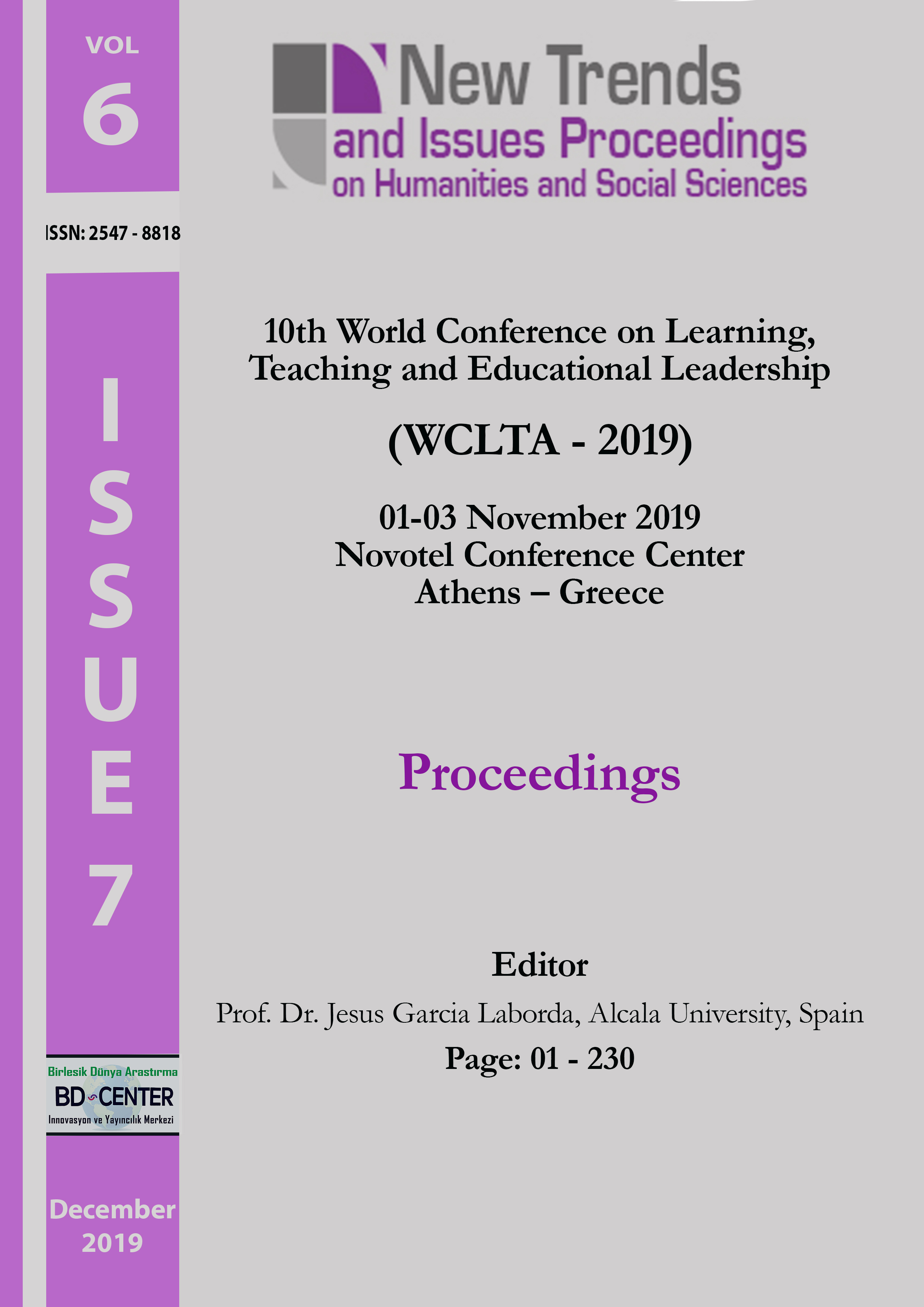The effect of verbal and illustrative representation on solving statistical problems by students in elementary school
Main Article Content
Abstract
The purpose of this study was to examine the effect of verbal and illustrative representation of the same statistical problems experienced by 56 elementary school students. Students were evaluated on problem-solving skills through six statistical problems as presented in school textbooks. One week later, the students were re-evaluated on problem-solving skills using the same problems that had been illustratively and verbally represented by the researchers. At the same time, we examined the correlation of students' performance to the six given problems in relation to their reading comprehension, verbal and mathematical competence (based on teachers' grade assignment). From the results of the quantitative research method that was used, there was a statistically significant correlation between the verbal representations in a) two out of six problems related to the mean value calculation using α representational table format and b) a bar graph construction based on a representational table format. However, an important finding of the research was the high correlation between students' performance and their reading comprehension, verbal and mathematical competence.
Keywords: Verbal representation of a problem, illustrative representation of a problem, statistics.
Downloads
Article Details

This work is licensed under a Creative Commons Attribution 4.0 International License.
Authors who publish with this journal agree to the following terms:- Authors retain copyright and grant the journal right of first publication with the work simultaneously licensed under a Creative Commons Attribution License that allows others to share the work with an acknowledgement of the work's authorship and initial publication in this journal.
- Authors are able to enter into separate, additional contractual arrangements for the non-exclusive distribution of the journal's published version of the work (e.g., post it to an institutional repository or publish it in a book), with an acknowledgement of its initial publication in this journal.
- Authors are permitted and encouraged to post their work online (e.g., in institutional repositories or on their website) prior to and during the submission process, as it can lead to productive exchanges, as well as earlier and greater citation of published work (See The Effect of Open Access).
